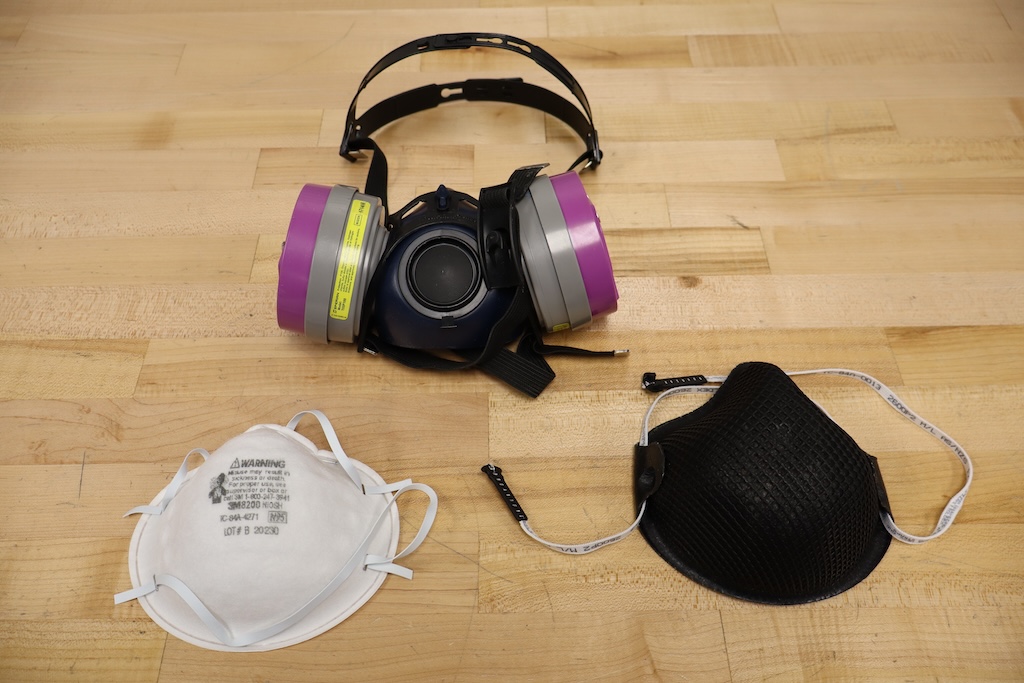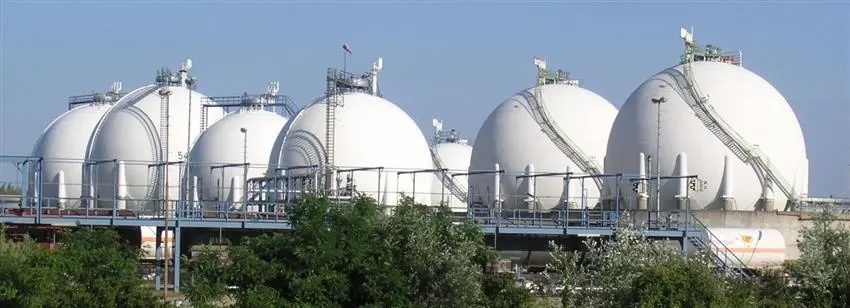For those who work with it daily, environmental, health, and safety (EHS) compliance is synonymous with long, confusing, and stressful hours of sorting through paperwork and regulations.
Trying to navigate through the maze of EHS regulations and requirements can create havoc in a company, and when multiple facilities are added into the mix, the confusion is only amplified. EHS regulatory compliance requires continual maintenance and the focused attention of management. This constant workload, if managed inefficiently, can cause a company’s valuable time to be wasted.
The Problem
Consider the typical burden on the person or people responsible for handling the EHS issues at a facility:
Air Quality : Recordkeeping requirements can be extensive depending on a facility’s air permit conditions, especially if a Title V Permit is in effect. Emission records must be maintained from pieces of onsite equipment, and testing must be completed. Additionally, reports must be submitted on a quarterly, semiannual, and annual basis to the state regulatory agency.
SARA Reporting : Annual reporting for all usage and storage of SARA Title III Section 312 (Tier II) and Section 313 (Form R) chemicals must be accomplished.
Stormwater : A Stormwater Pollution Prevention Plan must be created and maintained, requiring periodic reporting to the state, testing of stormwater samples, and performing of best management practices.
Waste Management : Both hazardous and nonhazardous waste must be handled properly. This includes managing generation rates, hazardous waste manifests, and waste testing.
Wastewater : Wastewater discharges from the facility need to be monitored based on wastewater permit conditions, which likely include water testing and report submissions.
MSDS Management : Material Safety Data Sheets are required to be easily accessible by the facility and must be maintained in an orderly, organized fashion.
OSHA : Extensive employee training and safety program maintenance are required by OSHA, and records of this training must be managed at the facility. The training requirements can include bloodborne pathogens, electrical safety, forklift safety, hearing protection, lockout/tagout, personal protection, respiratory protection, and numerous other duties.
ISO 14001 : For those facilities striving for ISO 14001 certification, developing a management system that addresses environmental policy, planning, implementation, auditing, management review, and continual improvement is a significant chore by itself.
The preceding requirements are merely a subset of the overall EHS challenges that face a single facility, making multiple facility management a truly daunting task. Trying to keep up with all of these varied obligations can place an inordinate amount of pressure on EHS coordinators and everyone else involved in EHS compliance. One can see how this stress can result in inefficiency, along with missed deadlines, missed form submission, and unaddressed issues falling through the cracks. The repercussions of such mistakes are far from harmless, as severe penalties can result in cases of noncompliance.
The Solution
Fortunately, the environmental software market has responded to all of these growing needs in environmental, health, and safety compliance.ms electronically manage all of a company’s EHS data, eliminating the need for shelves full of endless binders and papers. With an electronic EMS, companies can focus more time on producing high-quality products and waste less time pushing paperwork and trying to maintain complex EHS compliance by hand.
Environmental, health, and safety management systems encompass all of a company’s EHS permits, reporting requirements, training information, and compliance statuses, placing the information in a comprehensive system that is easy to maintain. For a company with multiple facilities, many EMSs incorporate total global management, so a company’s headquarters can keep track of the EHS compliance of individual facilities while still allowing each facility to manage its own information locally. An example of this global feature can be seen in Figure 1, where the EMS allows the company headquarters to access all areas of EHS compliance at all of a company’s facilities from one main screen.
Many EMSs are also customizable, where the company offering the EMS will create the system to specifically fit the needs and desires of a facility. Some of these features offered by many environmental management systems include:
%%POINT%%
%%POINT%%
%%POINT%%
%%POINT%%
%%POINT%%
%%POINT%%
%%POINT%%
%%POINT%%
Companies that offer EMSs have worked to incorporate everything that a facility needs in regard to environmental, health, and safety into one system. Any and all EHS issues, depending on what a specific company requires, can be managed from one location.s compliance from a desktop.
The complexity of EHS compliance can be overwhelming, and the tasks involved are, at the very least, burdensome. Simplification and organization is the key to success in handling these issues. With an electronic EHS management system, an effective solution to the problem of maintaining environmental, health, and safety regulatory compliance has arrived.
Steve Haroz is President of SingleClick Co. of Norcross, GA, providing user-friendly electronic environmental, health, and safety management systems. [email protected] , or visit www.singleclickco.com for more information.



